The Undeniable Advantages of Non-duality
The Competition
What stands as an apparent contradiction to the non-dual path of Advaita, and is often seen as being in direct contrast to the axiom of formlessness, is the presence of the personal God in the minds of the people. The Ishta Devata, Chosen Ideal, as called in India, is both sweet and easy of comprehension—at least to those possessed of that most beneficial quality called faith.
few countries or societies, if any, have ever matched. To these great minds, the one God was deemed and termed limitless, but also capable of breaking into a limit, if God so wished. In such a comprehensive rendering and realization, where was the room for dissension or disagreement with regard to God with form and the formless reality?
But whereas this Reality was perceived as limitless, the rishis knew the human mind was not—its limits, shortcomings, and stumbling are legion. Through such a veiled mechanism, Reality remains obscure or is taken for granted. As a result, its real import fell victim to the ills of fundamentalism throughout religious history. Fundamentalism is not even a true dualism. Authentic dualism in India is based on two truths: first, God exists; and second, that even where dualism has its sway, the individual, jivatman, and God, Paramatman, are intrinsically connected, never separate. But in the West, and especially in this Americanized era, dualism is more a matter of the differences between science and Christianity; the former that has no urge or reason to believe in divine Reality, and the latter that envisions its God as a heavenly form at best, unawares or shying away from its infinite nature.
There Is no such Thing as Foreign Religion
With all of this stated—being rather like an essential primer to the subject of the acceptance and practice of Advaita by seekers of all religions—the onerous impediment of religious doubt must be encountered and done away with—the fear of anything that falls outside the pale of one’s own limited knowledge. In this regard, the statement, ‘There is no such thing as a foreign religion’, can be of great help in this undertaking.
To delve deeper into this declaration is to gain experience in the truths of other religions. The sedulous religious seeker will discover that spiritual succour and all-round benefit is available to anyone who possesses the fearless spirit with which to venture outside conventional bound aries. Such enterprising beings, such intrepid spiritual travellers, will find, to their pleasant surprise, that all religion is indigenous to the soul, and what was palmed off on them previously by zealots and the money and power-seeking priests was either incomplete, or thoroughly untrue and, therefore, religiously unhealthy. Swami Vivekananda eschewed this mockery of true religion, both in the general Christianity he found in America at the turn of the last century and in the prevailing religious thinking of his own country as well. Therefore, he wrote: ‘On the one hand there is the conservative society, like a mass of inert matter; on the other, the restless, impatient, fire-darting reformer; the way to good lies between the two’ (5.127).
Falling into either of these inferior pathways is to be avoided, but once these deviant routes have been taken, there will come a host of negative effects, the likes of which are to be seen today in the forms of: doubt as to the existence of God; ignorance of what or who God is; confusion as to the meaning and direction of one’s life; fear of what occurs at the time of death and what happens beyond it; preoccupation with matter, materials, objects, and the brooding that attends it; a weak and deluded dalliance with pleasure-seeking that really only amounts to an ineffective retreat from the unavoidable pains and suffering of embodied existence—all based in forgetfulness of the inseparability of God and humankind, in humans knowing that God has manifested as humans.
The modern reformers saw no way to reform but by first crushing out the religion of India. They tried and they failed. Why? Because few of them ever studied their own religion, and not one ever underwent the training necessary to understand the Mother of all Religions. I claim that no destruction of religion is necessary to improve the Hindu society, and that this state of society exists not on account of religion, but because that religion has not been applied to society as it should have been. This I am ready to prove from our old books, every word of it (5.47).
The Dynamics of Allegiance to True Religion
-
- Brahman alone is real; all else is appearance
- Brahman and jiva, or God and soul or self, are identical
- Bondage is the result of ignorance of the Self
- False identification with the non-self, nature, is the cause of bondage
- Freedom is attained when ignorance and false identification disappear
- Disappearance of ignorance entails disappearance of the non-self
- Freedom is the essence of the Self; loss of freedom is a case of forgetfulness
-
The Self is always free; freedom is never attained but it is realized
-
The impediment to freedom is preoccupation with the objective world
-
The solution for obsession with relativity is cultivation of detachment
-
So long as mind perceives a separate self, there will be fear and attachment
-
Freedom consists of seeing nothing but the Self
-
The Self is Brahman and is not to be confused with the body/mind complex
-
The ego is consciousness but limited and distorted by the ignorant mind
The next list presents attributes of the attributeless Brahman. What is meant by this seeming contradiction is that these particular qualities and attributes do not just attend upon formless Reality, but rather cite its very nature—like the analogy of ornaments on a Christmas tree, as contrasted to the green colour of the tree itself. The former are add-ons, while the latter is the tree’s essential property: (i) unbounded Freedom; (ii) infinite Power; (iii) perfect Omniscience; (iv) integral Knowledge; (v) eternal Contentment/Peace; and (vi) perpetual Existence.
This act of reincarnation, based upon forgetfulness of the jiva and the mounting unresolved karma that occurs, brings in the efficacy of the personal God, a divine station that the adherents of most religions know about and rely upon, considering it the ultimate resort in life. Advaita allows for this presence, but is quick to point out that ‘everything is soluble into Brahman’, even the personal God. The famous analogy of icebergs forming on the breast of the infinite ocean and melting back into it due to the heat of the sun applies here. In other words, an iceberg is only solidified water, so the personal God is only God with qualities, saguna. Brahman is like the ocean, free of all qualities, nirguna. Further, the sun represents pure Intelligence, whose healing and illuminating rays both dissolves all forms and takes away all attending ills that accompany form. A larger picture of God with form will help the seeker of non-duality immensely, since much misunderstanding has collected over the ages, and in all religions, around the personal God and its many aspects—especially in its role as saviour.
The Puzzle Piece of the Personal God
Ishwara is the sum total of individuals; yet He Himself also is an individual in the same way as the human body is a unit, of which each cell is an individual. Samashti or the Collective is God. Vyashti or the component is the soul of Jiva. The existence of Ishwara, therefore, depends on that of Jiva, as the body on the cell, and vice versa. Jiva, and Ishwara are co-existent beings. As long as the one exists, the other also must. Again, since in all the higher spheres, except on our earth, the amount of good is vastly in excess of the amount of bad, the sum total or Ishwara may be said to be All-good, Almighty, and Omniscient. These are obvious qualities, and need no argument to prove, from the very fact of totality (8.385). 8
The time is upon us to partake abundantly of India’s special storehouse of transcendent wisdom called Advaita. By championing it, studying it, and practising its eternal principles and axioms, the mistakes and shortcomings of conventional religious pathways around the world will be erased from the mind, and the atmosphere of harmony, unity, and indivisibility will reign supreme in the human heart and mind. This is the promise of true and authentic spirituality: ‘The noblest philosophy of the unity of man ever had—the Advaita Vedanta.’

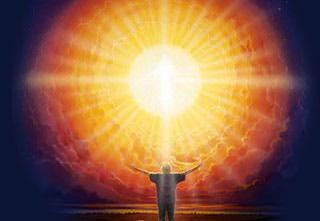
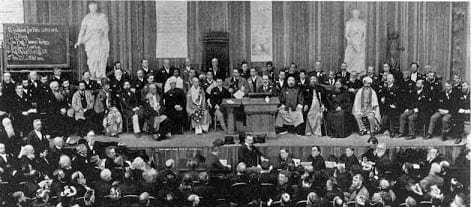

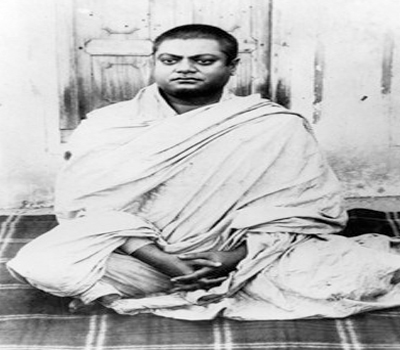
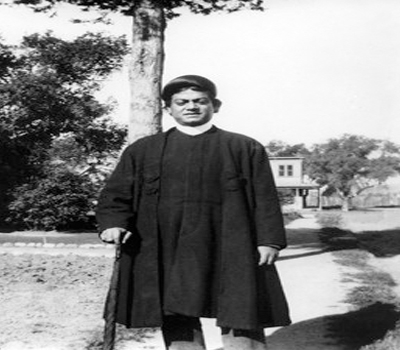
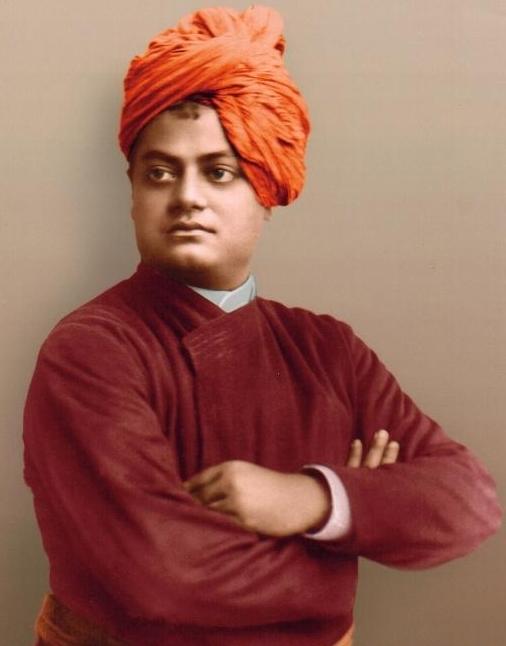
Leave A Comment